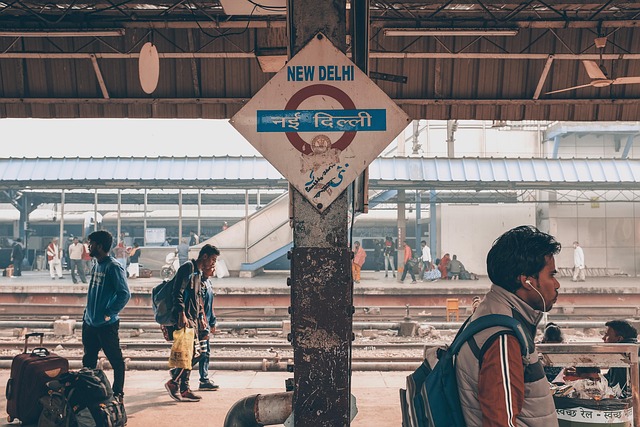Revolutionizing Transportation Sustainability: The Impact of Smart Traffic Systems on Rural Development
In an era where sustainability is more crucial than ever, the integration of smart traffic systems into our transportation frameworks is leading the charge towards greener and more efficient travel. While urban areas typically receive the most attention regarding traffic management, rural regions stand to gain significantly from these advanced technologies. This blog explores the intertwining realms of transport sustainability and rural development, emphasizing the transformative power of smart traffic systems.
Transport Sustainability: A Growing Necessity
As climate change continues to impose its effects on our environment, the need for sustainable transportation options becomes increasingly pressing. Traditional traffic management systems often fall short, resulting in congested roads, increased emissions, and inefficient travel times. With smart traffic systems, however, we can revolutionize our approach to mobility. These systems utilize real-time data, artificial intelligence, and advanced communication technologies to optimize traffic flow, minimize wait times, and reduce emissions.
Imagine a rural community where the transportation network is not only efficient but also eco-friendly. Smart traffic systems can analyze traffic patterns, adjust signal timings, and even promote eco-driving methods, allowing for a much more sustainable journey from point A to point B. Eliminating unnecessary idling and optimizing routes means that both personal and commercial travel contributes less to greenhouse gas emissions.
The Role of Smart Traffic Systems in Rural Development
Rural areas often face unique transportation challenges, including limited public transit options and aging infrastructure. By implementing smart traffic systems, these regions can unlock new opportunities for growth and development. Smart systems can facilitate better connections between small towns and larger urban centers, making it easier for residents to access essential services, jobs, and educational opportunities.
Furthermore, as rural economies continue to embrace innovation, the introduction of smart traffic technologies can attract businesses looking for sustainable practices. Improved traffic management can enhance logistics, enabling local producers and manufacturers to reduce costs and expand their reach. This can lead to job creation and economic revitalization in areas that have long been overlooked.
Benefits to the Community and Environment
The benefits of smart traffic systems extend beyond mere efficiencies. By enhancing the quality of life for rural residents, these systems can foster a deeper sense of community. Shorter travel times enable families to spend more time together, promote local tourism, and encourage participation in community events. A well-connected rural area draws residents and visitors alike, breathing new life into local businesses and cultural experiences.
Additionally, smart traffic systems play a vital role in environmental stewardship. They empower communities to monitor their carbon footprint actively, thereby encouraging local initiatives aimed at sustainability. With data-driven insights, rural leaders can develop informed policies that prioritize renewable energy integration and the expansion of electric vehicle infrastructure. This way, rural areas become not only participants in the sustainability movement but also leaders.
As we look towards the future, it is imperative to recognize the potential of smart traffic systems in fostering sustainable transportation solutions. By bridging the gap between cutting-edge technology and everyday travel, we can pave the way for a greener, more resilient rural landscape that values both its people and the planet.




